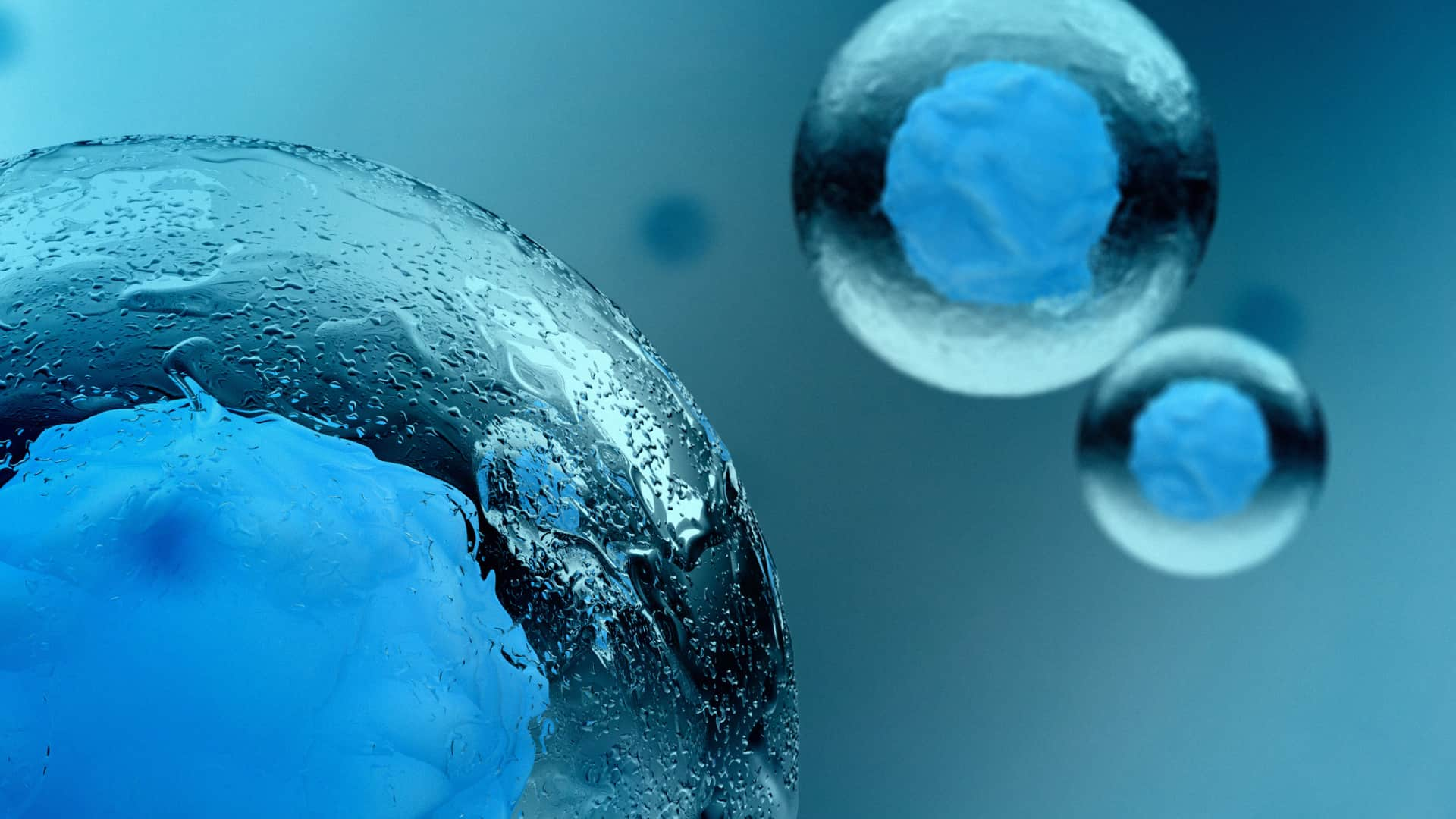Uridine Monophosphate
COMMON NAME
Uridine | Uridine Monophosphate | Uridine-5'-Monophosphoric Acid | UMP | 5′-Uridylic Acid
TOP BENEFITS OF URIDINE
Supports brain function*
Supports sleep*
WHAT IS URIDINE?
Uridine is one of the 5 standard nucleosides; the others are adenosine, cytidine, guanosine, and thymidine. These compounds are the building blocks of the main information carrier molecules in the body (DNA and RNA), and play a central role in cellular metabolism. ATP—the “A” standing for adenosine—is known for its role in carrying packets of chemical energy needed for cellular functions. Uridine plays a similar role in two non-ATP high-energy molecules used in a subset of metabolic reactions. Uridine is needed for UTP (made from uridine instead of adenosine) as an activator of substrates in some specific metabolic reactions. Uridine can also be converted into cytidine and support CTP. In this role, it is used for the synthesis of the glycerophospholipids (including phosphatidylcholine in the Kennedy pathway) needed for healthy cell membranes throughout the body and in the brain. And uridine may support different neuroregulatory processes and neurotransmitters. Uridine also crosses the blood-brain barrier [1–6]. These structural and functional roles have led to it being used as a nootropic. Uridine is considered to be one of the natural sleep-promoting substances made by the brain, acting via uridine receptors in the areas of the brain which regulate natural sleep [7,8].*
NEUROHACKER’S URIDINE MONOPHOSPHATE SOURCING
Uridine is supplied in a phosphorylated form as Uridine-5'-Monophosphoric Acid because this form is more stable, helps it get past the digestive system and liver intact, and allows it to cross the blood-brain barrier.
Uridine is Non-GMO and Vegan.
URIDINE MONOPHOSPHATE FORMULATING PRINCIPLES AND RATIONALE
One of our dosing principles is to determine whether there is a serving range in which many of the benefits occur and above which there appears to be diminishing returns (i.e., a threshold), and to provide a serving within this threshold range (see Neurohacker Dosing Principles). We consider uridine to be one of these threshold compounds. Uridine is most commonly used for nootropic support. In this functional role, it is common to take a serving of between 150-250 mg in the morning. For nootropic purposes, we provide a serving of uridine in this range. For sleep support, because information is based strictly on a known functional role and preclinical research, we have opted to provide a lower amount of uridine, combined with other supportive nutrients.*
URIDINE MONOPHOSPHATE KEY MECHANISMS
Supports brain function*
Supports the Kennedy (or CDP-choline) pathway, which has a central role in choline homeostasis* [2,9,10]
Supports brain CDP-choline levels* [1,11]
Supports phosphatidylcholine synthesis* [2,9,10]
Supports brain membrane phospholipids* [12–14]
Supports acetylcholine synthesis* [2,9,10,12]
Supports GABAergic neurotransmission* [15–18]
Supports dopamine release* [19]
May activate purinergic receptors* [20,21]
Supports neurite outgrowth* [19,22]
Supports sleep*
Considered an endogenous sleep-promoting substance* [7,8,23]
Supports slow wave sleep (SWS) and REM sleep* [23–27]
Complementary ingredients*
DHA in supporting memory in animals and in upregulating dendritic spine density, synaptic protein levels, and phospholipids in the brain* [13,28–31]*These statements have not been evaluated by the Food and Drug Administration. This product is not intended to diagnose, treat, cure, or prevent any disease.
REFERENCES
[1]M. Cansev, C.J. Watkins, E.M. van der Beek, R.J. Wurtman, Brain Res. 1058 (2005) 101–108.
[2]F. Gibellini, T.K. Smith, IUBMB Life 62 (2010) 414–428.
[3]G.B. Weiss, Life Sci. 56 (1995) 637–660.
[4]U.I. Richardson, C.J. Watkins, C. Pierre, I.H. Ulus, R.J. Wurtman, Brain Res. 971 (2003) 161–167.
[5]I.H. Ulus, R.J. Wurtman, C. Mauron, J.K. Blusztajn, Brain Res. 484 (1989) 217–227.
[6]E.M. Cornford, W.H. Oldendorf, Biochim. Biophys. Acta 394 (1975) 211–219.
[7]Y. Komoda, M. Ishikawa, H. Nagasaki, M. Iriki, K. Honda, S. Inoue, A. Higashi, K. Uchizono, BIOMEDICAL RESEARCH-TOKYO 4 (1983) 223–227.
[8]T. Kimura, I.K. Ho, I. Yamamoto, Sleep 24 (2001) 251–260.
[9]Z. Li, D.E. Vance, J. Lipid Res. 49 (2008) 1187–1194.
[10]P. Fagone, S. Jackowski, Biochim. Biophys. Acta 1831 (2013) 523–532.
[11]I.H. Ulus, C.J. Watkins, M. Cansev, R.J. Wurtman, Cell. Mol. Neurobiol. 26 (2006) 563–577.
[12]L. Wang, M.A. Albrecht, R.J. Wurtman, Brain Res. 1133 (2007) 42–48.
[13]R.J. Wurtman, I.H. Ulus, M. Cansev, C.J. Watkins, L. Wang, G. Marzloff, Brain Res. 1088 (2006) 83–92.
[14]N. Agarwal, Y.-H. Sung, J.E. Jensen, G. daCunha, D. Harper, D. Olson, P.F. Renshaw, Bipolar Disord. 12 (2010) 825–833.
[15]P. Guarneri, R. Guarneri, C. Mocciaro, F. Piccoli, Neurochem. Res. 8 (1983) 1537–1545.
[16]P. Guarneri, R. Guarneri, V. La Bella, F. Piccoli, Epilepsia 26 (1985) 666–671.
[17]P. Liu, C. Wu, W. Song, L. Yu, X. Yang, R. Xiang, F. Wang, J. Yang, Eur. Neuropsychopharmacol. 24 (2014) 1557–1566.
[18]P. Liu, X. Che, L. Yu, X. Yang, N. An, W. Song, C. Wu, J. Yang, Pharmacol. Biochem. Behav. 163 (2017) 74–82.
[19]L. Wang, A.M. Pooler, M.A. Albrecht, R.J. Wurtman, J. Mol. Neurosci. 27 (2005) 137–145.
[20]A. Brunschweiger, C.E. Müller, Curr. Med. Chem. 13 (2006) 289–312.
[21]A. Dobolyi, G. Juhász, Z. Kovács, J. Kardos, Curr. Top. Med. Chem. 11 (2011) 1058–1067.
[22]A.M. Pooler, D.H. Guez, R. Benedictus, R.J. Wurtman, Neuroscience 134 (2005) 207–214.
[23]K. Honda, Y. Komoda, S. Nishida, H. Nagasaki, A. Higashi, K. Uchizono, S. Inoué, Neurosci. Res. 1 (1984) 243–252.
[24]M. Kimura-Takeuchi, S. Inoué, Brain Res. Bull. 31 (1993) 33–37.
[25]S. Inoué, M. Kimura-Takeuchi, K. Honda, Endocrinol. Exp. 24 (1990) 69–76.
[26]S. Inoue, K. Honda, Y. Komoda, K. Uchizono, R. Ueno, O. Hayaishi, Proceedings of the National Academy of Sciences 81 (1984) 6240–6244.
[27]M. Kimura-Takeuchi, S. Inoué, Neurosci. Lett. 157 (1993) 17–20.
[28]S. Holguin, Y. Huang, J. Liu, R. Wurtman, Behav. Brain Res. 191 (2008) 11–16.
[29]S. Holguin, J. Martinez, C. Chow, R. Wurtman, FASEB J. 22 (2008) 3938–3946.
[30]T. Sakamoto, M. Cansev, R.J. Wurtman, Brain Res. 1182 (2007) 50–59.
[31]M. Cansev, R.J. Wurtman, Neuroscience 148 (2007) 421–431.




